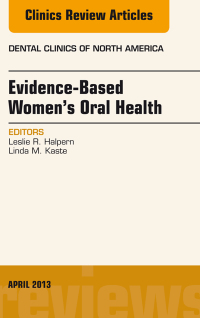-79%
Pathological Perspectives: A Spectrum of Oral Health Concerns
Under the esteemed guidance of Guest Editor John Campbell, this issue delves into a multifaceted exploration of pathological conditions that afflict the oral cavity.
Tumoral Manifestations in the Oral Cavity:
Tumors of the Tongue Base and Hypopharynx:
These neoplasms arise from the intricate structures of the tongue’s base and the hypopharynx, often presenting with symptoms that may include difficulty swallowing, hoarseness, and pain.
Odontogenic Keratocysts:
These benign tumors originate from the remnants of the tooth-forming apparatus, characterized by their cystic nature and potential for aggressive expansion within the jawbones.
Third Molar Pathology:
The eruption of third molars can often lead to a plethora of pathological complications, such as impaction, pericoronitis, and the formation of cysts.
Exploring Surgical Interventions:
Sinus Grafting:
This procedure aims to restore the integrity of the maxillary sinus, which may have been compromised by infection or trauma. It involves the grafting of bone or other materials to create a stable foundation for dental implants.
Malignant Entities:
Oral Cancer:
This devastating disease arises from the uncontrolled proliferation of cells within the oral mucosa, leading to a range of symptoms and potentially life-threatening complications.
Non-Tumor Related Oral Conditions:
Burning Tongue:
Characterized by a persistent sensation of burning or stinging on the tongue, this condition can have enigmatic causes and may be associated with underlying medical conditions.
Parotid Pathology:
The parotid gland, situated at the back of the cheek, can be affected by various pathological processes, including inflammation, tumors, and obstructive disorders.
Verrucous Hyperkeratosis and Verrucous Carcinoma:
These conditions manifest as warty lesions on the oral mucosa and can mimic other, more common entities, requiring careful clinical evaluation and pathological examination.
Osteonecrosis:
This condition involves the death of bone tissue, often affecting the jawbones, and may arise from a variety of factors, including trauma, infection, and radiation therapy.
Novel Diagnostic and Therapeutic Approaches:
Fluorescent Intraoperative Angiography:
This cutting-edge technique utilizes fluorescent dyes to enhance the visualization of blood vessels during surgery, aiding in the precise identification and removal of tumors.
Neuropathic Pain:
This type of chronic pain results from damage to the nerves that transmit sensory information from the mouth to the brain, leading to debilitating symptoms that can interfere with daily life.










Reviews
Clear filtersThere are no reviews yet.